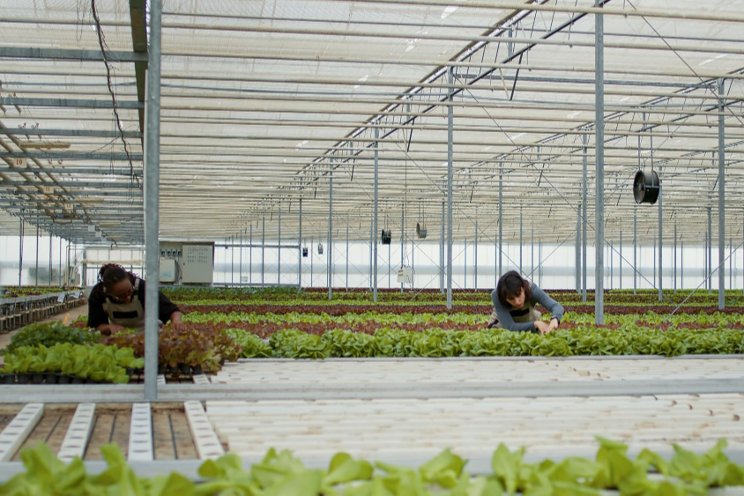Crop growth models are an essential tool in the study of agriculture, functioning as complex mathematical systems that simulate and predict the growth, development, and yield of crops in response to various environmental conditions. They incorporate multiple factors that influence crop growth, including genetic characteristics of the crop species, growing substrate and nutritional properties, and climate parameters. Genetic factors could involve the crop's growth rate, resilience to diseases, and its specific nutritional requirements. Growing substrate properties like moisture content, nutrient availability, pH levels, and structure also critically influence crop growth. Climate conditions including temperature, solar radiation / light level, CO2 concentration, and humidity are also integrated into the model. These models can provide critical information for agricultural planning, such as predicting yields under different climate scenarios, evaluating the effects of different crop management strategies, and optimizing the use of water and fertilizers. Despite their complexity, crop growth models are continually evolving and improving, thanks to advancements in both agricultural science and computational technologies.
These models inform a lot of decisions that have a significant financial impact on the operation.
Click here for more information.
Image by DCStudio on Freepik
Source:
















